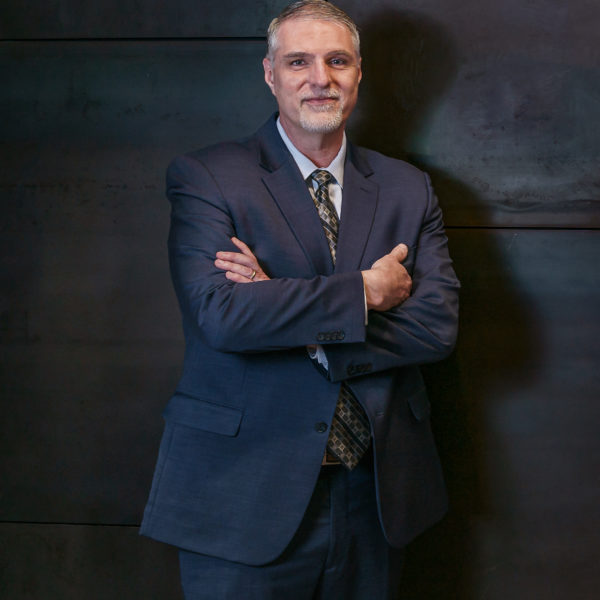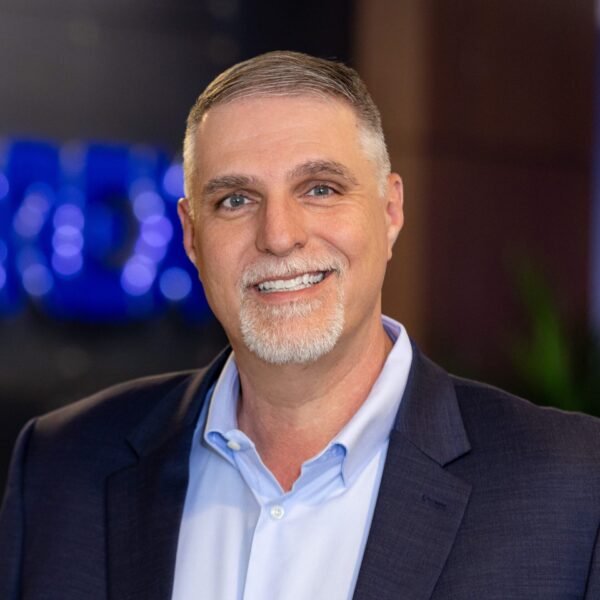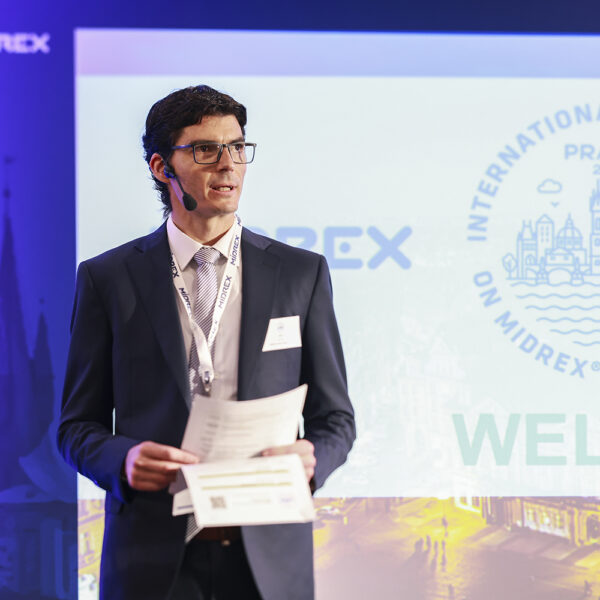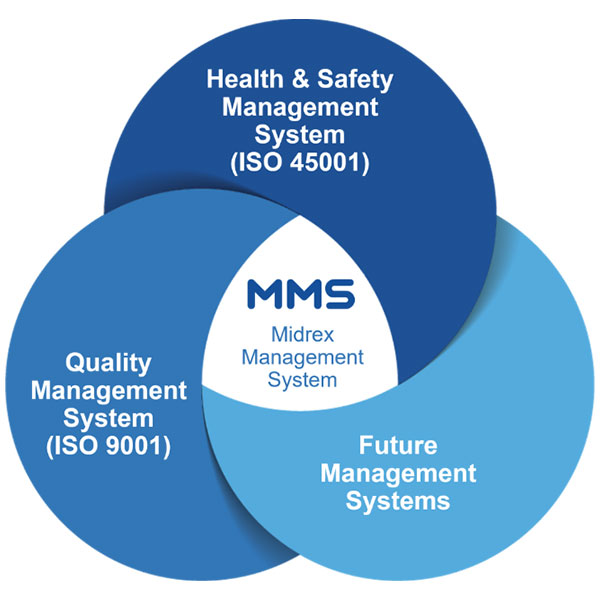Where We Go From Here

2020 brought changes that no one could have predicted and challenges that have significantly altered what we regarded as “normal.” But as uncomfortable as change can be, it encourages innovation, and innovation drives progress. It motivates us to seek and create something better.
No one can make a completely accurate forecast of the future or predict exact timing of major events; that is why we track market trends carefully and count on our agility to make small course corrections along the way with the goal of achieving “sustainability” – the ability to maintain a certain rate or level of performance. But sustainability also means avoiding the depletion of natural resources in pursuing that performance. Our challenge, as an industry, is to seek and preserve a balance between the two.
Moving forward toward a better future involves more than new products and services. It involves caring for people – our teammates and those around us; being positive – in our attitudes and actions; and embracing change – being nimble and willing to make adjustments. Companies have two bottom lines: profits and people, and neither thrives without the other.
I was recently reminded of comments made by the late Dr. John Stubbles more than 20 years ago in an article he wrote for Direct From Midrex that are as relevant today as they were then: “We are on the threshold of perhaps the most exciting technical era the steel industry has ever known. The process options are mind-boggling; the potential furnace and mill designs imaginative; new products are waiting to happen.”
The global awakening to environmental realities is driving research and development projects intended to lead to fossil fuel-free steelmaking. Midrex is involved in several such projects including ArcelorMittal in Hamburg, Germany, where we are working on a demonstration plant that will produce about 100,000 tons of direct reduced iron per year, initially with “grey” hydrogen sourced from natural gas. Conversion to “green” hydrogen from renewable energy sources will take place once it is available in sufficient quantities and at an economical cost. The plant will be the world’s first direct reduction plant on an industrial scale, powered by hydrogen.
We are also seeing increased interest among investors for building new natural gas-based MIDREX® Plants because they offer a solution for today and the right platform for the future. (Editor’s Note: Mikhailovsky HBI signed a contract recently with Primetals Technologies and Midrex Technologies to supply the world’s largest HBI plant in Russia.) MIDREX NG offers an immediate reduction in CO2 emissions compared with blast furnace ironmaking and can be easily adapted to replace natural gas with “green” hydrogen. Our solution, called MIDREX H2, is ready to go as more hydrogen becomes available at competitive prices. The advent of hydrogen-based ironmaking and the increased use by DRI plants of iron oxide pellets containing lower percentages of iron (62-65%) will also encourage the development of a new type of electric melter, and we are already helping to develop solutions for that now.
I think John Stubbles would look around today and say, “I told you so.” As we seek to move beyond the challenges of 2020, we must remain aware of opportunities, dedicated to our goals, and be willing to change.


